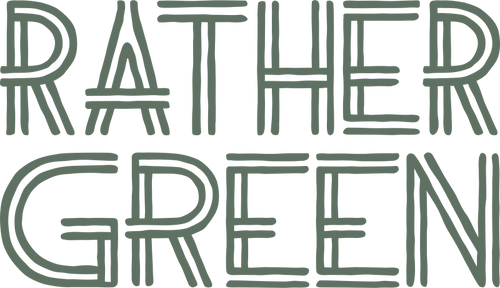Natural Fibre Textiles
Choosing the right materials is crucial to designing a sustainable product. Our material selection process takes into consideration its entire life cycle, from crop to compost.
We believe that a sustainable product needs to be one that people will feel good about using, so the right fabrics also need to perform well and look good!
Organic Cotton

Cotton is a wonderful fibre. It has a beautiful natural off-white tone to it, and it's soft but strong at the same time. Moreover, because it's a natural fibre, it's compostable!
Why organic though?
The thing about cotton though is that it's not the most eco-friendly textile as a crop. Farming cotton consumes a lot of water and, if it's grown conventionally (not organic), it consumes an enormous amount of pesticides. Cotton farming represents 2.4% of all cultivated land on Earth, but it consumes 16% of all pesticides produced. These chemicals cause a huge environmental impact, as they contaminate runoff water, air and soil. Synthetic pesticides also affect the health of farmers, surrounding communities and local wildlife.
Organic cotton is grown without the use of synthetic pesticides, and there are studies showing that organically grown cotton uses significantly less water.
Why certified organic?
Sourcing cotton fabrics can be tricky. It's basically impossible to know if a finished fabric was produced using organic or conventional cotton. This is when certification comes into play. A certified organic textile is assured to be made from organically-grown cotton and, depending on the specific certification, it can also assure that it was produced without the use of harmful chemicals.
GOTS certification
Most of the organic cotton we use is GOTS Certified. GOTS stands for Global Organic Textile Standard, and it is the gold standard when it comes to textiles. "The aim of the standard is to define world-wide recognized requirements that ensure organic status of textiles, from harvesting of the raw materials, through environmentally and socially responsible manufacturing up to labelling in order to provide a credible assurance to the end consumer." Bhajekar, Rahul. “General Description - Global Standard GGmbH.” Global Organic Textile Standard, https://www.global-standard.org/the-standard/general-description.html
Any organic cotton fabric we use which is not GOTS certified, is certified by the local farm's agricultural authority as being made from organically farmed cotton. This way we make sure that at least the farming section of the fabric's life cycle is organic, which is our main point of concern.
What about the dyed fabrics?
We always try to use as much greige (unprocessed) cotton canvas as possible, but adding some colour to our products really helps make them more visually appealing.
Dying fabric can be quite the nasty process, so we have to be careful and diligent here. Dying can significantly increase the ecological footprint of a fabric, and the chemicals used can also negatively impact the health of who will have frequent contact with the finished fabric.
For these reasons, all the dyed fabrics we use are certified by OEKO-TEX Standard 100. This means that no harmful chemicals are used in the entire dying process, including but not limited to: azo colorants, pentachlorophenol, cadmium, lead (US-CPSIA), etc.

